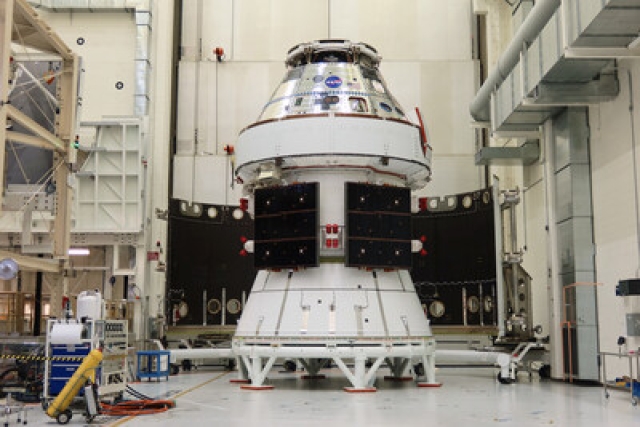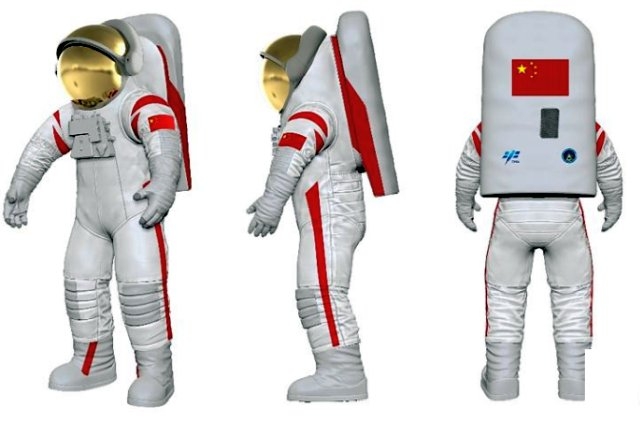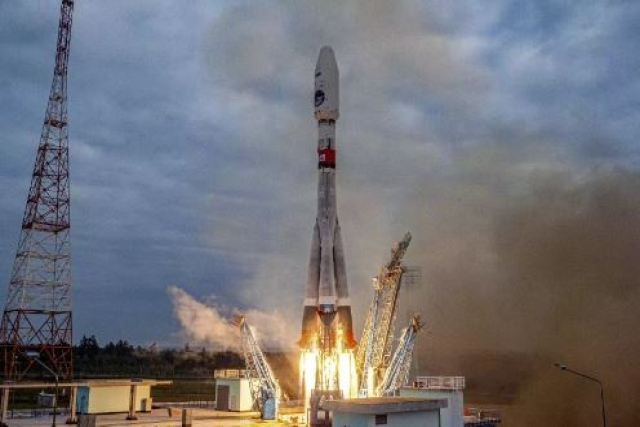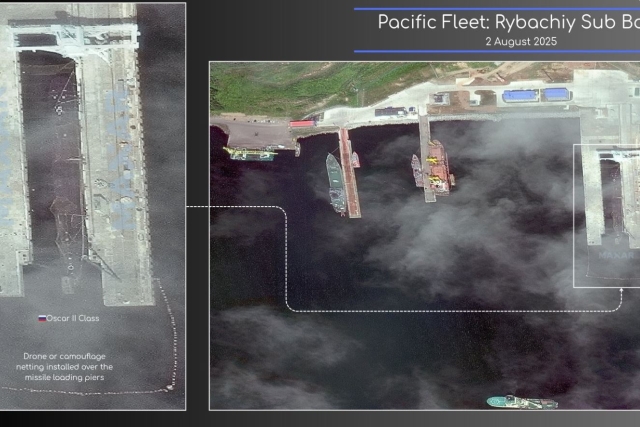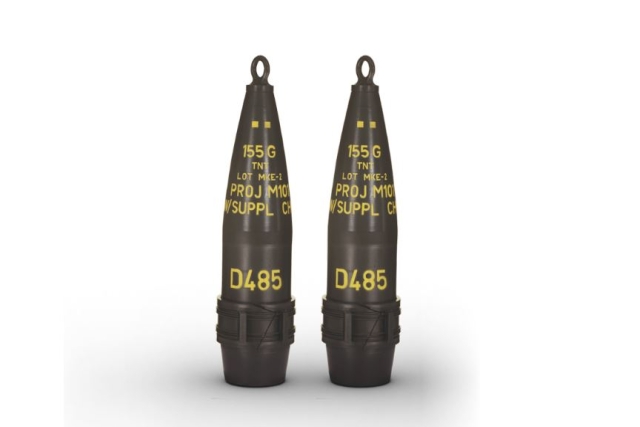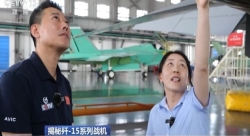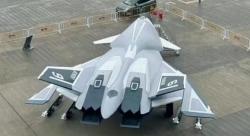China Conducts First-Ever Manned Lunar Lander Test Ahead of Moon Mission
Landing and takeoff trial marks milestone in China's goal to send astronauts to moon by 2030
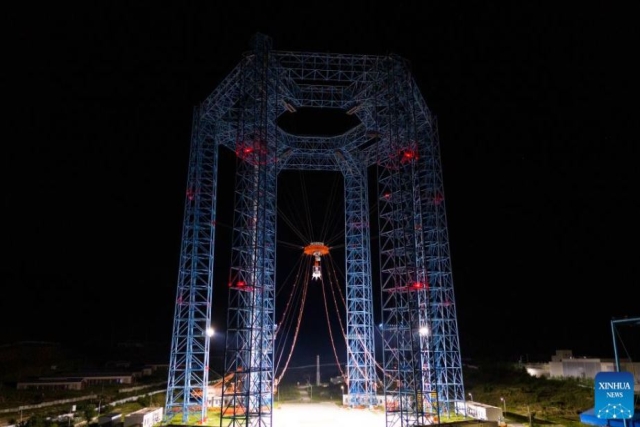
China has completed its first full landing and takeoff test for a manned lunar lander, marking a major step in its goal to place astronauts on the moon before 2030, according to the China Manned Space Agency (CMSA).
The trial, conducted on Wednesday at a dedicated site in Huailai County, Hebei Province, tested the full operational capability of a newly developed spacecraft called Lanyue, which means "embracing the moon."
The CMSA described the event as a “breakthrough in extraterrestrial landing and takeoff technologies”, as it was the first time China had tested such capabilities with a manned spacecraft.
Lanyue is designed to transport two taikonauts between lunar orbit and the moon's surface. It includes both a landing module and a propulsion module, and is expected to serve as a life-support, energy, and data center once deployed on the moon.
During future missions, the lander will also carry a lunar rover and scientific payloads, enabling extended exploration of the lunar surface.
The CMSA acknowledged that the test involved a long cycle and technical complexity, highlighting the significance of its success for China's broader manned lunar program.
This trial sets the stage for future integrated mission rehearsals as China accelerates efforts to land humans on the moon by the end of this decade.
China’s lunar program is part of a broader push to expand its presence in space, which also includes plans for long-term stays, lunar base construction, and robotic support operations.

